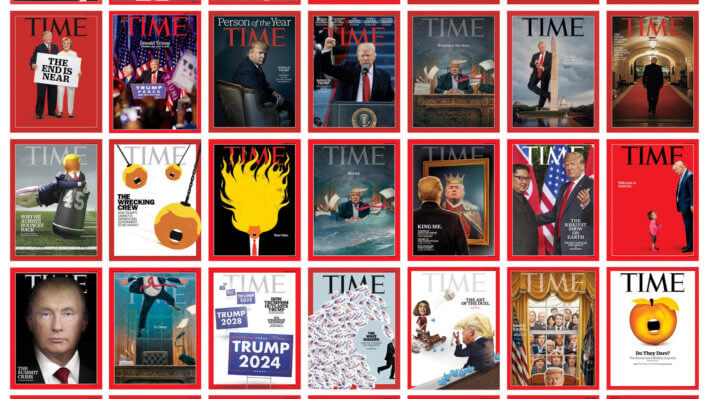
2023-1-17 21:24 |
Non-Fungible Tokens (NFTs) have represented a new way through which creators can get verified and share their works with the world.
Anyone can, at any point in time, confirm who the original creator of an NFT was and get any on-chain data surrounding the NFT, such as its minting time, cost, owner, and other types of data.
However, the overall use cases of NFTs and blockchain technology can evolve far past this point in time, and it can reshape the way we handle documentation in the real world.
Pastel is one of the main platforms that aims to push this momentum, and today, we will go over how this is the case. First, let’s go over what Pastel is and how it operates.
What is Pastel Network?Pastel is a fully decentralized, developer-friendly layer-1 blockchain serving as the preeminent protocol standard for NFTs and Web3 technology.
Pastel infrastructure enables existing layer-1 blockchains, decentralized applications, or third-party enterprises to protect creators and collectors – users and developers can certify asset rareness for NFTs and truly store their data forever.
Pastel provides this infrastructure through lightweight protocols delivered by interoperable open APIs such as Sense and Cascade that can be easily integrated across existing networks.
How Sense and Cascade OperateIf you are curious about what Sense and Cascade are and how they can reshape the overall use case of NFTs and push new use cases, let’s go over these functionalities individually.
Sense is the near-duplicate NFT detection tool. It stands out because it leverages the power of deep learning technology to assess the relative rareness between NFTs and can detect copymints / counterfeits, scam NFTs, or copyright infringement. By assessing the true rarity of NFT, Sense can provide, in essence, a certification of authenticity for all NFTs.
Then there’s Cascade, the NFT data and metadata storage solution. It is fully distributed, permanent, and redundant whilst primarily storing the metadata associated with NFTs. All users will need to pay once and have the data stored permanently. It also prevents any points of failure typically found in centralized systems.
This means that Pastel can provide a certification of authenticity and permanent storage. With this out of the way, let’s explore how this can translate to real-world use cases.
The New Use-Cases Pursued by PastelThere are numerous use cases in which both Sense and Cascade can provide numerous benefits.
We will be exploring the main use cases here but remember that the only limitation here is user imagination, and as blockchain technology evolves, all of these use cases can skyrocket.
First, we need to go over Emergent Decentralized Finance (DeFi) protocols that use NFT standards for their metadata storage. If they leverage the Pastel Network’s native storage layer, Cascade, and dedicated duplicate detection tool in the form of Sense, they can detect on-chain hypothecating.
Another use-case can be seen in legal documentation, which can be tokenized, provide much higher levels of security, and use Sense for its authentication procedure.
Third, we can move on to the secure storage of medical records. Traditional hospitals typically store user data on centralized servers connected to the internet, which can get remotely compromised. However, if medical records are stored in the form of NFTs, they will require highly scalable metadata storage solutions on a decentralized infrastructure to operate efficiently. Pastel’s decentralized infrastructure and duplicate detection technology can ensure these records are not subject to tampering or copying.
Another use-case worth mentioning here is the use-case for traditional enterprises such as Getty Images.
Getty Images is a visual media company that supplies stock images, editorial photography, video, and music for various use cases. If Getty Images were to tokenize each image, video, photograph, or music file (i.e., transform into an NFT) and protect their copyrighted images from being duplicated online, using Pastel’s Sense solution, Getty Images would be able to prevent their assets from being used or sold illegitimately.
Furthermore, all the data and metadata can be stored on Cascade, so Getty Images would have peace of mind that their highly profitable assets will never be lost.
The Future of NFTs and Their UtilityWe have just gone over some of the various use cases that can be explored through NFTs and how Pastel can contribute towards their operation, security, and authenticity.
Sense and Cascade are invaluable tools in its offering, creating a brighter future for the NFT and Web3 ecosystem, where all digital assets can be safely stored, verified, certified as rare on-chain.
origin »NFT (NFT) на Currencies.ru
|
|




















